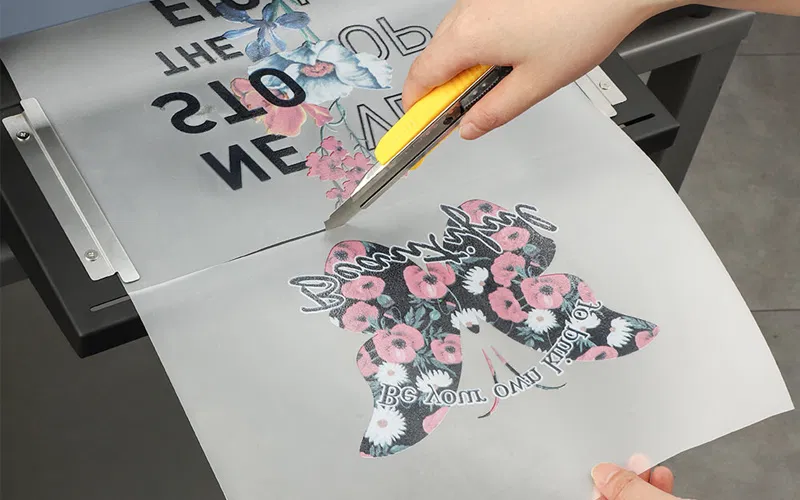Starting with DTF printing at home requires less equipment than many people expect. Newcomers can begin applying pre-made designs without investing in expensive printing setups. Those who Transfers bestellen from suppliers can focus solely on the application process, which needs only a heat press and basic supplies to produce professional results on various fabric items.
Learning the heat press basics
Heat presses may seem difficult at first. Once a person learns the main idea, they are easy to use. Temperature works with pressure and time to make the design stick to the cloth. Each type of transfer needs its own setting. It is important to follow the given steps. Guessing or trying without care can spoil the result.
- Temperature settings must match the transfer specifications exactly
- Pressure adjustment affects how well the design bonds to fabric texture
- Timer accuracy ensures transfers receive adequate heat without burning
- Pre-pressing fabric removes moisture and wrinkles before applying designs
- Cooling time allows adhesive to set properly before handling finished items
Starting with lower-value practice items builds confidence before pressing expensive garments. Old t-shirts or fabric scraps let beginners test settings and technique without stress. The learning curve is short because the process repeats the same steps for every transfer. The ability to memorise muscles is developed quickly through repetition.
Picking the right fabrics
Cotton fabric is good for beginners, holds heat well, and forms a strong bond with DTF adhesive. Pure cotton shirts work nicely. Tote bags and pillow covers also take transfers without trouble. Polyester and mixed fabrics can be used too. They need other heat levels to stop them from burning or melting. Natural fibres generally prove more forgiving during the learning phase. Fabric preparation matters as much as fabric type. Pre-washing removes sizing chemicals and shrinks the material before design application. This stops the transfer from cracking or peeling after the garment is washed. The fabric must stay fully dry and smooth before pressing. When there is moisture, it turns into steam under heat and pressure. This causes bubbles and stops the transfer from bonding well.
Testing before full production
Rushing into production without testing leads to wasted materials and disappointing results. Smart beginners test presses on scrap fabric using the same materials and settings planned for actual projects. These tests reveal problems before they ruin finished products.
- Test temperatures in five-degree increments to find the optimal setting
- Vary pressure from light to firm to see how it affects bonding
- Try different pressing times from manufacturer minimums to maximums
- Check adhesion by attempting to peel a corner after cooling completely
- Wash test pieces to verify durability before considering the settings finalised
Writing down successful combinations of temperature, pressure, and time for different fabric types creates a reference guide for future projects. Photos of good and bad results help identify issues when they appear again. This systematic approach saves time and materials while building expertise faster than trial and error alone. Home DTF work starts with acquiring a reliable heat press and ordering ready-made transfers. Beginners should focus on learning proper pressing technique through testing on cotton fabrics. Documenting successful settings and avoiding common errors like insufficient pressure or premature peeling builds skills quickly. The process becomes routine with practice, letting newcomers produce quality custom items without needing full printing equipment.













